Si prevede che il mercato delle lamiere navali in acciaio registrerà una crescita costante dal 2026 al 2034, con una valutazione prevista in crescita rispetto al valore di riferimento del 2025 e un'espansione sostenuta fino alla fine del periodo di previsione. Questa tendenza riflette una prospettiva di mercato favorevole, guidata dall'evoluzione dei requisiti del settore e dai continui progressi tecnologici.
Il rapporto è suddiviso per prodotto (acciaio al carbonio, acciaio inossidabile) e analizza ulteriormente il mercato in base all'applicazione (navi cisterna, navi portarinfuse, container). Per ciascuno di questi segmenti chiave viene fornita una ripartizione completa a livello globale, regionale e nazionale. Il rapporto include le dimensioni del mercato e le previsioni per tutti i segmenti, presentando i valori in USD. Fornisce inoltre statistiche chiave sullo stato attuale del mercato dei principali attori, insieme ad approfondimenti sulle tendenze di mercato prevalenti e sulle opportunità emergenti.
Scopo del rapporto
Il rapporto "Steel Ship Plate Market" di The Insight Partners mira a descrivere il panorama attuale e la crescita futura, i principali fattori trainanti, le sfide e le opportunità. Ciò fornirà spunti a vari stakeholder aziendali, come:
- Fornitori/produttori di tecnologia: per comprendere le dinamiche di mercato in evoluzione e conoscere le potenziali opportunità di crescita, consentendo loro di prendere decisioni strategiche informate.
- Investitori: per condurre un'analisi completa delle tendenze in merito al tasso di crescita del mercato, alle proiezioni finanziarie di mercato e alle opportunità esistenti lungo la catena del valore.
- Organismi di regolamentazione: per regolamentare le politiche e le attività di polizia nel mercato con l'obiettivo di ridurre al minimo gli abusi, preservare la fiducia degli investitori e sostenere l'integrità e la stabilità del mercato.
Prodotto di segmentazione del mercato delle lamiere navali in acciaio
- Acciaio al carbonio
- Acciaio inossidabile
Applicazione
- Cisterna
- Carro alla rinfusa
- Container
Potrai personalizzare gratuitamente qualsiasi rapporto, comprese parti di questo rapporto, o analisi a livello di paese, pacchetto dati Excel, oltre a usufruire di grandi offerte e sconti per start-up e università
Mercato delle lamiere navali in acciaio: Approfondimenti strategici
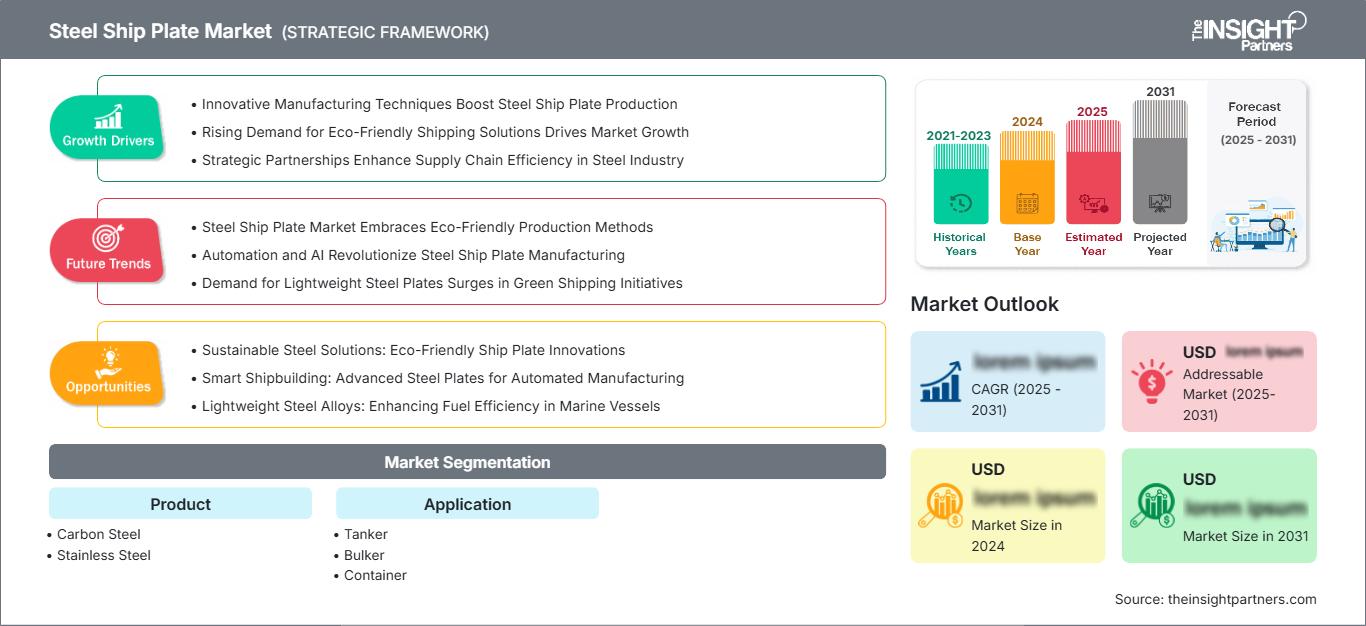
-
Ottieni le principali tendenze chiave del mercato di questo rapporto.Questo campione GRATUITO includerà l'analisi dei dati, che vanno dalle tendenze di mercato alle stime e alle previsioni.
Fattori di crescita del mercato delle lamiere navali in acciaio
- Tecniche di produzione innovative aumentano la produzione di lamiere navali in acciaio
- La crescente domanda di soluzioni di spedizione ecocompatibili stimola la crescita del mercato
- Le partnership strategiche migliorano l'efficienza della catena di fornitura nell'industria siderurgica
Tendenze future del mercato delle lamiere navali in acciaio
- Il mercato delle lamiere navali in acciaio abbraccia metodi di produzione ecocompatibili
- Automazione e intelligenza artificiale rivoluzionano la produzione di lamiere navali in acciaio
- La domanda di lamiere navali leggere aumenta nelle iniziative di spedizione ecologica
Opportunità di mercato per le lamiere navali in acciaio
- Soluzioni in acciaio sostenibili: innovazioni per le lamiere navali ecocompatibili
- Costruzione navale intelligente: lamiere navali avanzate per la produzione automatizzata
- Leghe di acciaio leggere: Migliorare l'efficienza del carburante nelle imbarcazioni
Mercato delle lamiere navali in acciaio
Le tendenze regionali e i fattori che influenzano il mercato delle lamiere navali in acciaio durante il periodo di previsione sono stati ampiamente spiegati dagli analisti di The Insight Partners. Questa sezione illustra anche i segmenti di mercato e la geografia della gestione delle malattie del ritmo cardiaco in Nord America, Europa, Asia-Pacifico, Medio Oriente e Africa, America meridionale e centrale.
Mercato delle lamiere navali in acciaio Report Scope
| Attributo del rapporto | Dettagli |
|---|---|
| Dimensioni del mercato in 2025 | US$ XX Million |
| Dimensioni del mercato per 2034 | US$ XX Million |
| CAGR globale (2026 - 2034) | XX% |
| Dati storici | 2021-2024 |
| Periodo di previsione | 2026-2034 |
| Segmenti coperti |
By Prodotto
|
| Regioni e paesi coperti |
Nord America
|
| Leader di mercato e profili aziendali chiave |
|
Densità degli operatori del mercato delle lamiere per navi in acciaio: comprendere il suo impatto sulle dinamiche aziendali
Il mercato delle lamiere in acciaio per navi è in rapida crescita, trainato dalla crescente domanda degli utenti finali, dovuta a fattori quali l'evoluzione delle preferenze dei consumatori, i progressi tecnologici e una maggiore consapevolezza dei vantaggi del prodotto. Con l'aumento della domanda, le aziende stanno ampliando la propria offerta, innovando per soddisfare le esigenze dei consumatori e sfruttando le tendenze emergenti, alimentando ulteriormente la crescita del mercato.
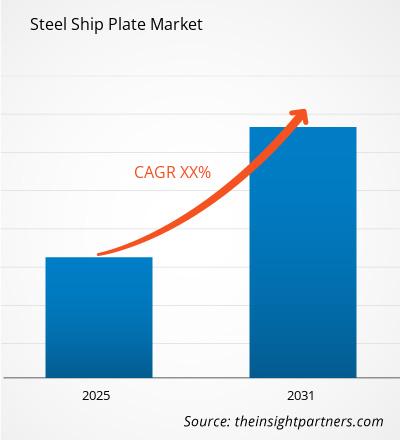
- Ottieni il Mercato delle lamiere navali in acciaio Panoramica dei principali attori chiave
Punti di forza
- Copertura completa: il rapporto copre in modo completo l'analisi di prodotti, servizi, tipologie e utenti finali del mercato delle lamiere navali in acciaio, fornendo un panorama olistico.
- Analisi degli esperti: il rapporto è compilato sulla base della conoscenza approfondita di esperti e analisti del settore.
- Informazioni aggiornate: il rapporto garantisce rilevanza aziendale grazie alla sua copertura di informazioni recenti e tendenze dei dati.
- Opzioni di personalizzazione: questo rapporto può essere personalizzato per soddisfare le esigenze specifiche del cliente e adattarsi in modo appropriato alle strategie aziendali.
Il rapporto di ricerca sul mercato delle lamiere navali in acciaio può, quindi, aiutare a guidare il percorso di decodificazione e comprensione dello scenario del settore e delle prospettive di crescita. Sebbene possano esserci alcune preoccupazioni valide, i vantaggi complessivi di questo rapporto tendono a superare gli svantaggi.
- Analisi storica (2 anni), anno base, previsione (7 anni) con CAGR
- Analisi PEST e SWOT
- Valore/volume delle dimensioni del mercato - Globale, Regionale, Nazionale
- Industria e panorama competitivo
- Set di dati Excel
Report recenti
Testimonianze
Motivo dell'acquisto
- Processo decisionale informato
- Comprensione delle dinamiche di mercato
- Analisi competitiva
- Analisi dei clienti
- Previsioni di mercato
- Mitigazione del rischio
- Pianificazione strategica
- Giustificazione degli investimenti
- Identificazione dei mercati emergenti
- Miglioramento delle strategie di marketing
- Aumento dell'efficienza operativa
- Allineamento alle tendenze normative












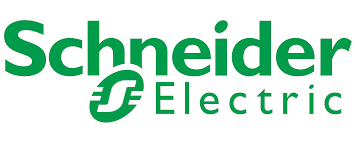


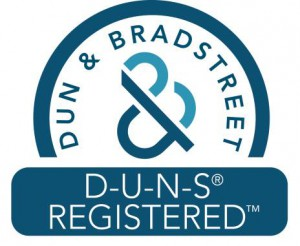
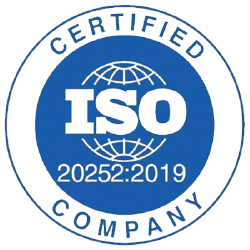





 Ottieni un campione gratuito per - Mercato delle lamiere navali in acciaio
Ottieni un campione gratuito per - Mercato delle lamiere navali in acciaio